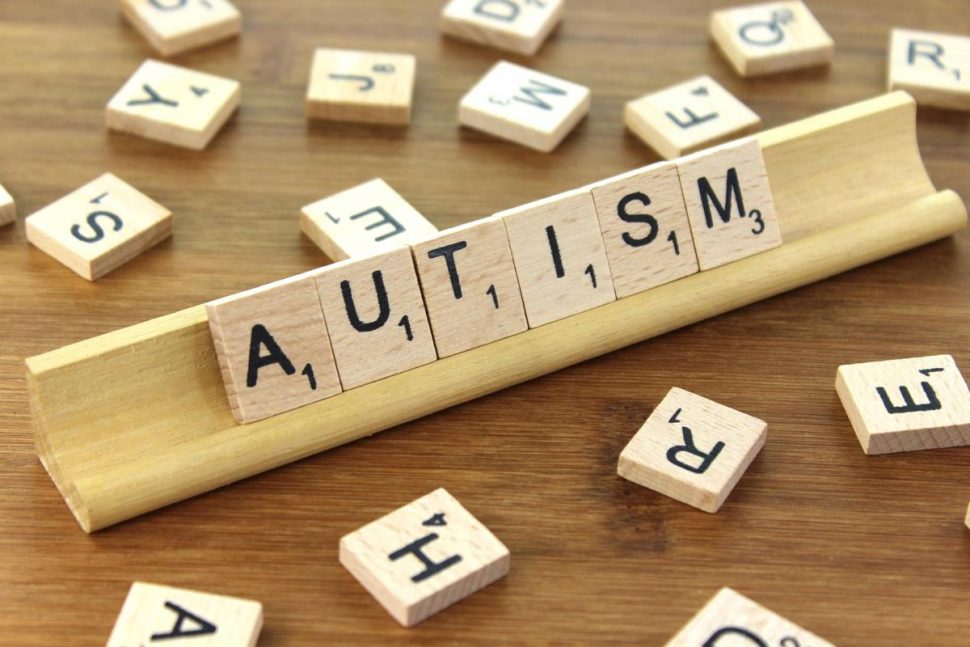New national guidelines for the diagnosis of autism

The Guideline was developed together with the Autism community to give people better access to an early, affordable, and comprehensive diagnostic process.
There was quite a bit of media coverage about the guidelines – but not all of it was helpful for people trying to understand what it would mean for them or their child.
So we have been in touch with the Autism CRC to get some answers to the questions we have been asked. We have pulled together the info below about what this all means – and what it has to do with the NDIS.
Let’s break it down.
- Will the National Guideline improve consistency of assessment and diagnosis of Autism in Australia?
Yes it will.
Right now, some people have to get re-diagnosed when they begin school or move states. This is time consuming, expensive, and just doesn’t make sense.
The National Guideline means that the clinical process for the assessment and diagnosis of Autism will now be the same all across Australia. Because it is the same, people won’t have to get re-diagnosed every time they move, and everyone will know that they are getting the same quality of diagnosis and care as their peers regardless of where they live.
The release of the Guideline does not change anything for people who already have a diagnosis. The Autism CRC have been quick to point out that you do not have to get another diagnostic assessment as a result of the release of the guideline – it is just about what will happen in the future.
- Does the National Guideline determine access or eligibility for the NDIS?
No it doesn’t.
The National Guideline is designed to improve the quality and consistency of the diagnosis and assessment of people with Autism – but it does not change anything about eligibility for the NDIS. The NDIS is completely separate to the National Guideline, and the conditions of eligibility for the scheme remain the same.
The Guideline was developed by the Autism CRC – not the NDIA. The Guideline has also been approved by the National Health and Medical Research Council.
- Will it now be harder and more expensive to get a diagnosis?
It shouldn’t.
The Guideline recommends a tiered process of assessment. This means everyone sees one clinician from the start but only those who have more complex behaviours need to get a multidisciplinary diagnosis. The Autism CRC hope this means people don’t have to jump through unnecessary hoops and may actually make things easier and quicker.
But as with all of these things, it is how they are implemented that is really important. The Australian Autism Alliance, which brings together people with autism, families, service providers and researchers, have said that they are going to watch closely as the guidelines are rolled out to make sure they work as intended.
You can read more about the Australian Autism Alliance here – http://www.australianautismalliance.org.au
For more information about the guideline you can watch the video with Professor Andrew Whitehouse who is the Chief Research Officer from the Autism CRC below:
Or you can visit the Autism CRC and download a copy of the guidelines. They also have some really helpful questions and answers which explain more about the guidelines, how they were developed and what they are trying to do. https://www.autismcrc.com.au/knowledge-centre/resource/national

Join the conversation